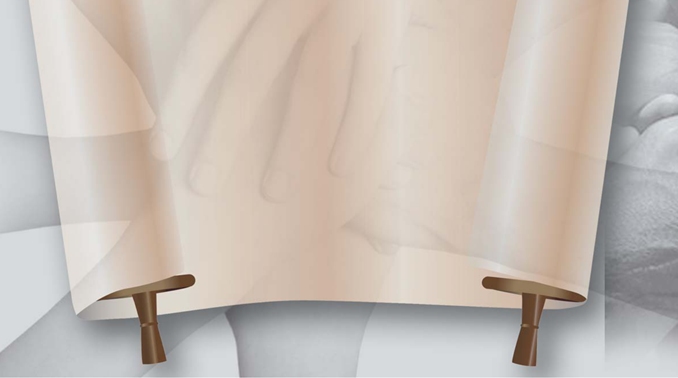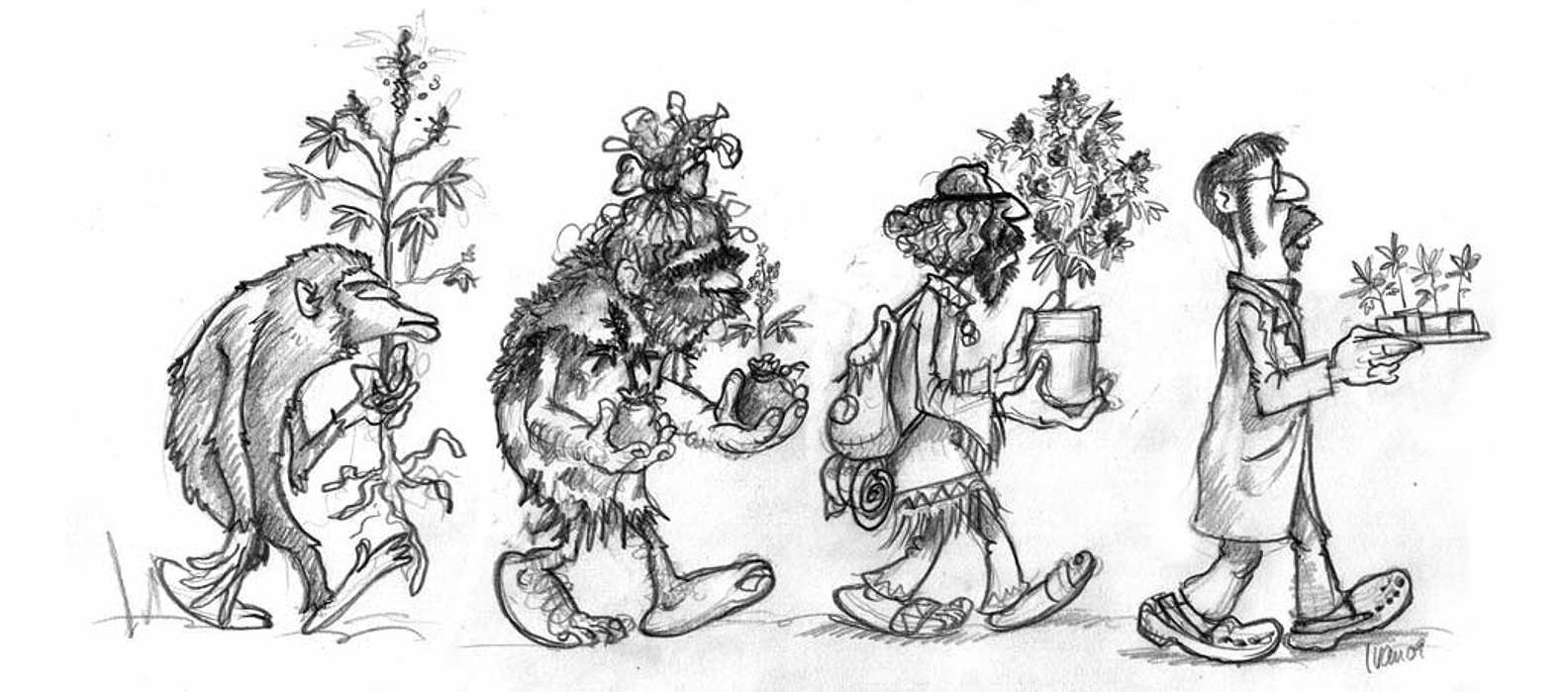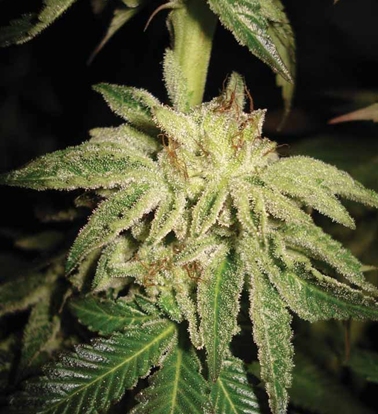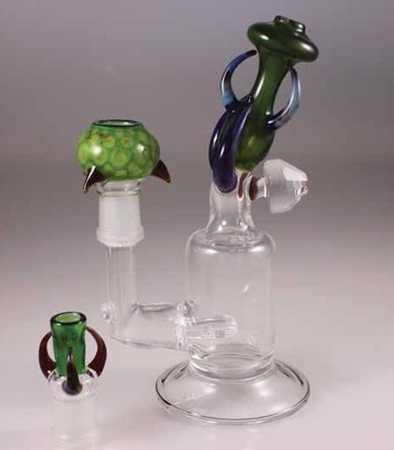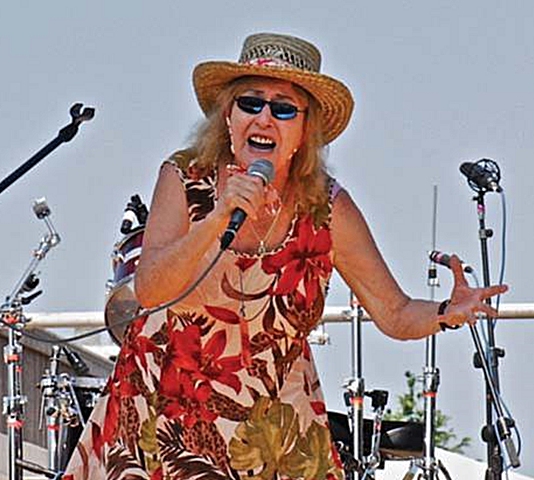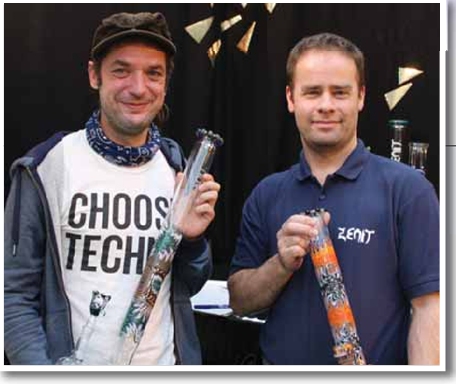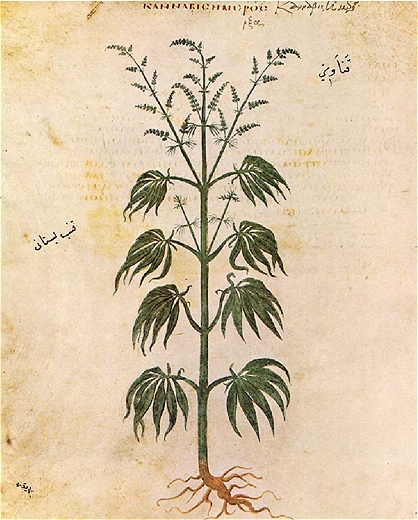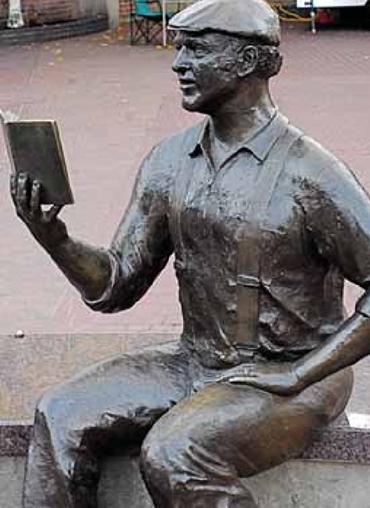
Undercover Monks
By Lexx
“The Bay Area has become just a little too heavy. Haight-Ashbury is a bad place, motorcycle jockeys, addicts, prostitutes have taken it over. Sausalito was nice, but it was discovered too quickly. The same is true of Mill Valley. And if you haven’t noticed there is nothing really north of Mill Valley until you get to Eugene”
-Bullfrog Magazine c 1972

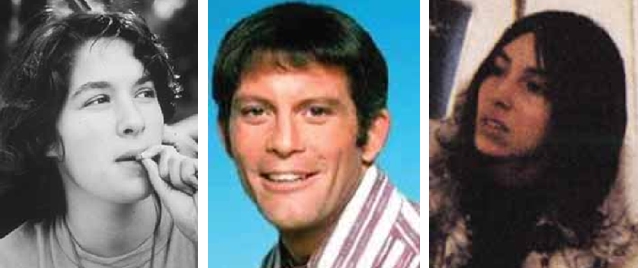
Undercover monks – From top left to right:
Ken Kesey, Dr. Andrew Weil, George Stathakis, Jerry Beisler, Mountain Girl, Max Gail, Tory Wells
Eugene Oregon in the early to mid 70’s had always had a small town footprint with a world class Intelligence.
While most famous for being home to the University of Oregon ironically, it is also where the Classic comedy movie “Animal House” was filmed. Many of the Alumni also stayed on to build their utopian dreams. There is a very vibrant counter culture community that has flour- ished as well. In the northern migration a few Hippies found a community that was welcoming to creative peo- ple; with its connections and close ties to the University.
At its Zenith Eugene boasted the most Co-ops and work- er owned businesses in the world.
Suddenly this vibrant and growing Counter Culture com- munity faced the bulldozer and division by traffic.
Undercover
Monks, without calling any attention
to their deeds, went to work to save
what is now the Whitaker neighborhood. The fame of his writing helped in recruit- ing
Eugene native Ken Kesey to the cause. Dr. Andrew Weil, FM radio personality George Stathakis, Poet Jerry
Beisler, the Grateful Dead founder Jerry Garcia’s wife, Mountain Girl, Dr. Norman Lee and Max Gail, as well as other benefactors came to see the need to protect the past.
Another native Oregonian heroine Tory Wells, [who had returned from the Hash Trails of Asia] was joined by friends and co-travelers who saw this cool community in peril of a planned Freeway cloverleaf. In the middle of the community was the iconic landmark the Red Barn. Originally it was known as the Hayes Blacksmith shop and was surrounded with small businesses also housed in unique quaint, structures. Stathak is believed,that by plac- ing the Red Barn on the Registrar of Historical sites, it could not be torn down, thus saving the Community.
This area of Eugene was not only unique for the Red barn, across the street stood a functioning windmill, in front of The Dutch Mill restaurant.
Further down the street is the St. John’s Society whose onion shaped domes are another of the odd buildings,as is the aptly named Tiny Tavern. Most of the buildings in the Whitaker neighborhood were custom built at the turn of the century. Many more were Craftsman homes sold in kits from the Sears and Roebucks catalogs.
There is also a lot of history in these streets, wall murals dedicated to Woman, Housing Co-ops, artists, and crafts people. At the time Eugene was considered to be America’s most livable city.
The WOW Hall had already become a part of the legacy of Hippies, and hosted a “Pass the Hat” benefit, as did the Lane Hotel. The Community saw the needs of the many as being more critical before the needs of the self. There were always places to stay, good Vegetarian food to share and the best Herb to be found. There were many who had come from more comfortable backgrounds living in Eugene, who saw that putting their money into the community was more beneficial to their Karma than to spend their money on fancy houses, or expensive cars.
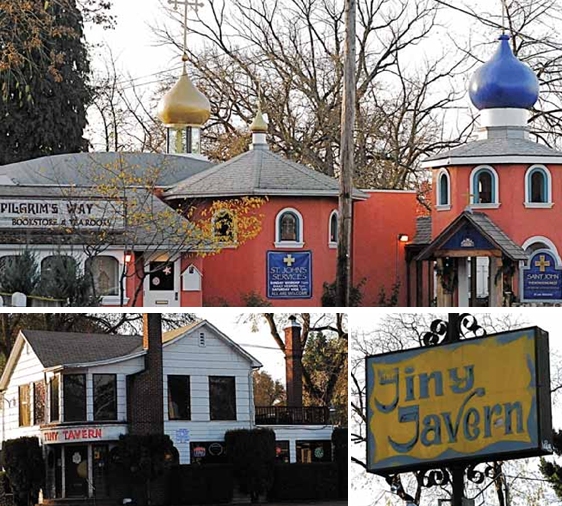
IS SAVING YOUR COMMUNITY FROM THE WRECKING BALL, URBAN DECAY, CRIME, GREED, AND DEVELOPERS A BETTER USE OF YOUR TIME?
Everyone involved gave what they
could, not expecting anything in return, to buy the Red Barn. It is taught in
the eastern cultures that Merit, what is given freely with no expectation of
reward or return, done without call- ing attention to ones self, or for nothing
more than it being the right thing to do, is the wisest use of ones life. For
Merit benefits family, ones ancestors, the communi- ty where one lives and the
creator by honoring life with
giving. This story, as well as the past actions of these Undercover Monks has almost been forgotten. The plaque honoring the deed is faded. Still Eugene would not be the Community it is, if it were not for these Undercover Monks and their Intentions of saving this most remarkable community.
Currently the Whitaker is home to many businesses that came about during this period. Keystone Café still remains, Morning Star is now where Zuzu’sCoffee shop moved to, that was replaced by the Kestral cafe, than Hilda’s Chilean food and now is a co-operative business Morning Star Cafe. Growers Market is directly behind them, housing many of Eugene’s activist organizations, such as Earth First, NOW, Indigenous peoples support groups, and a thriving local Food Co-op.

